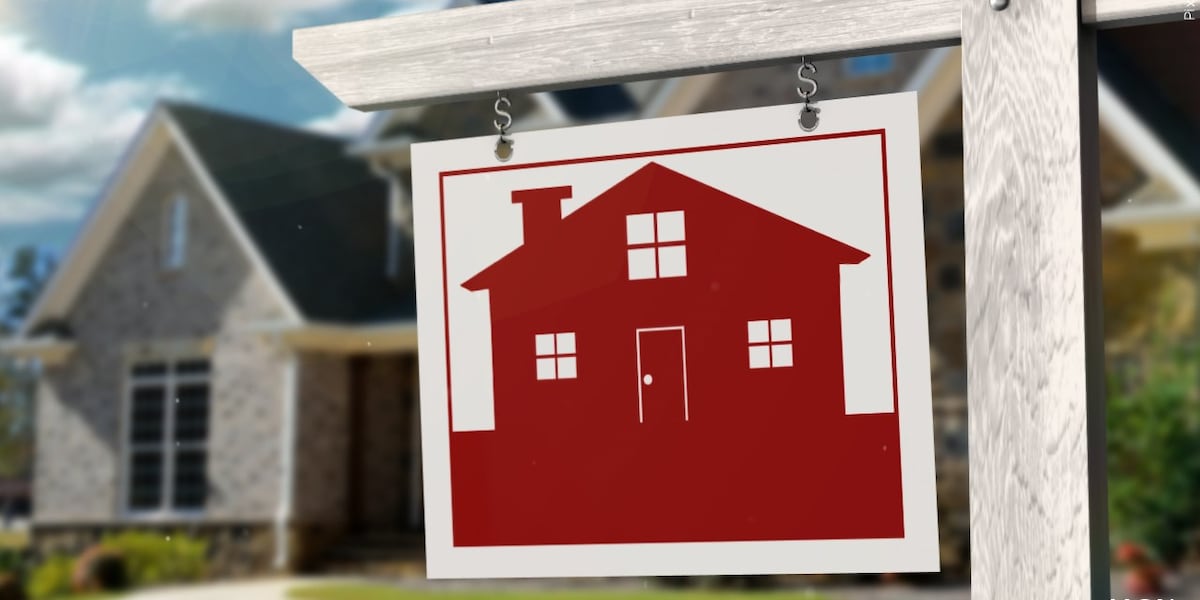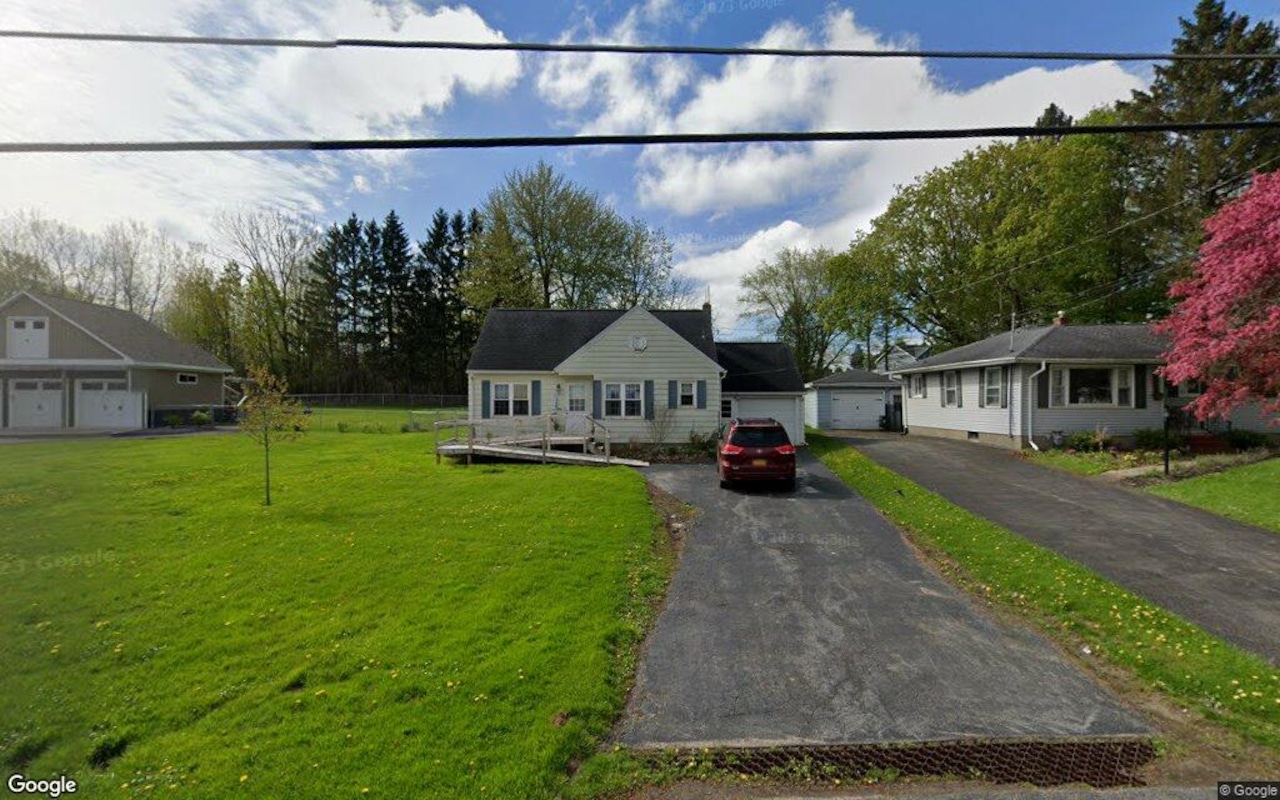N
ewly built homes have historically cost more than previously owned ones, but that trend has reversed in recent months. In June, the median sales price of new homes was $28,000 less than existing homes, a 6.5% discount and the largest inversion in at least 25 years. This gap narrowed to nearly $19,000, or 4%, last month.
The reason for this shift is that new-home prices peaked in late 2022 and have been trending down since then, while prices for existing homes continue to rise. Builders are offering incentives like cash at closing or reduced mortgage rates to make new homes more affordable. According to Realtor.com senior economist Joel Berner, these sweeteners don't show up in the median sales price, making new homes even cheaper than they appear.
New-construction homes have grown smaller in part due to builders' efforts to appeal to homebuyers struggling with affordability. However, controlling for size, new-construction listing prices remain cheaper at $218.66 per square foot nationally compared to $226.56 for existing homes.
The trend of new-home prices inverting is unusual and has persisted since April, peaking at more than 6% this year. Berner suggests that homebuyers may not treat new and existing homes as interchangeable substitutes, with some potentially only interested in buying previously owned homes despite their higher cost.
However, the main reason behind the trend may be that homeowners are more reluctant to lower their prices due to softer demand and weaker home prices. Builders, on the other hand, have hundreds or thousands of homes to sell and are pricing more aggressively as a result. This standoff between sellers who anticipate a rebound in demand and buyers unwilling or unable to purchase at current prices has led to delistings surging this summer.
Berner warns that if homeowners continue to hold out for their ideal price, it could bring up an existential question about the efficiency of the resale market. If resale prices are indeed distorted from market reality, a few things could happen: sellers may gain control and drive a price correction, or they may be able to wait out the current slowdown in large enough numbers to keep a solid floor on prices.













